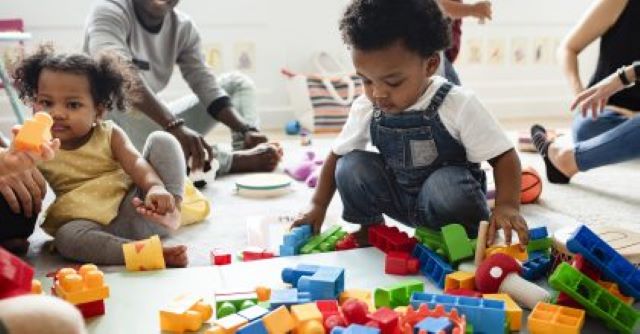Lego is an iconic household name in the toy industry. From planes, trains, automobiles, to doll houses, Lego building sets have entertained and stretched the imagination for generations. Recently, the Dutch company has vowed to remove harmful gender bias from its products.
“The benefits of creative play such as building confidence, creativity and communication skills are felt by all children and yet we still experience age-old stereotypes that label activities as only being suitable for one specific gender,” Julia Goldin, Lego’s chief marketing officer, said in a statement, adding, “At the LEGO Group we know we have a role to play in putting this right.”
Lego partnered with the Geena Davis Institute on Gender in Media, a research organization that advocates for equal representation of women. The goal of the partnership was to explore whether parents and kids see creativity as gendered. There were nearly 7,000 people surveyed in seven countries and findings were released to coincide with the United Nations’ International Day of the Girl, on October 11.
According to NPR, here are a few take-a-ways from the survey findings:
- Girls feel less restrained by typical gender biases than boys when it comes to creative play. Some 74% of boys, and 62% of girls, expressed belief that some activities are meant just for girls while others are meant for boys.
- Girls are also more open to different kinds of creative play than what their parents and society typically encourage, with 82% of girls believing it’s OK for girls to play football and boys to do ballet — compared with 71% of boys. (Americans were asked about U.S. football, while those outside the U.S. were asked about soccer.)
- Boys also face prejudice when it comes to playing with toys traditionally perceived as feminine. The survey found that 71% of boys say they worry about being made fun of if they play with a toy typically associated with the other gender, but just 42% of girls do.
- Parents are almost five times as likely to encourage girls (over boys) to engage in activities like dance and dressing up and are more than three times as likely to do the same for cooking and baking. On the other hand, they’re almost four times as likely to encourage boys to engage in sports and more than twice as likely to do the same with coding toys.
Lego will continue to collaborate and work with the Geena Davis Institute and UNICEF to remove harmful gender biases.
As a commitment to their new mission, the company published a 10-step guide inspiring creative play. They are also planning on releasing short films to encourage, support, and highlight the entrepreneurial spirit of girls as a part of a new “Ready for Girls” campaign.
Goldin commented further in her statement, “This campaign is one of several initiatives we are putting in place to raise awareness of the issue and ensure we make Lego play as inclusive as possible.”
What do you think about Lego’s new move towards inclusion? Sound-off and comment below, we want to hear from you!







